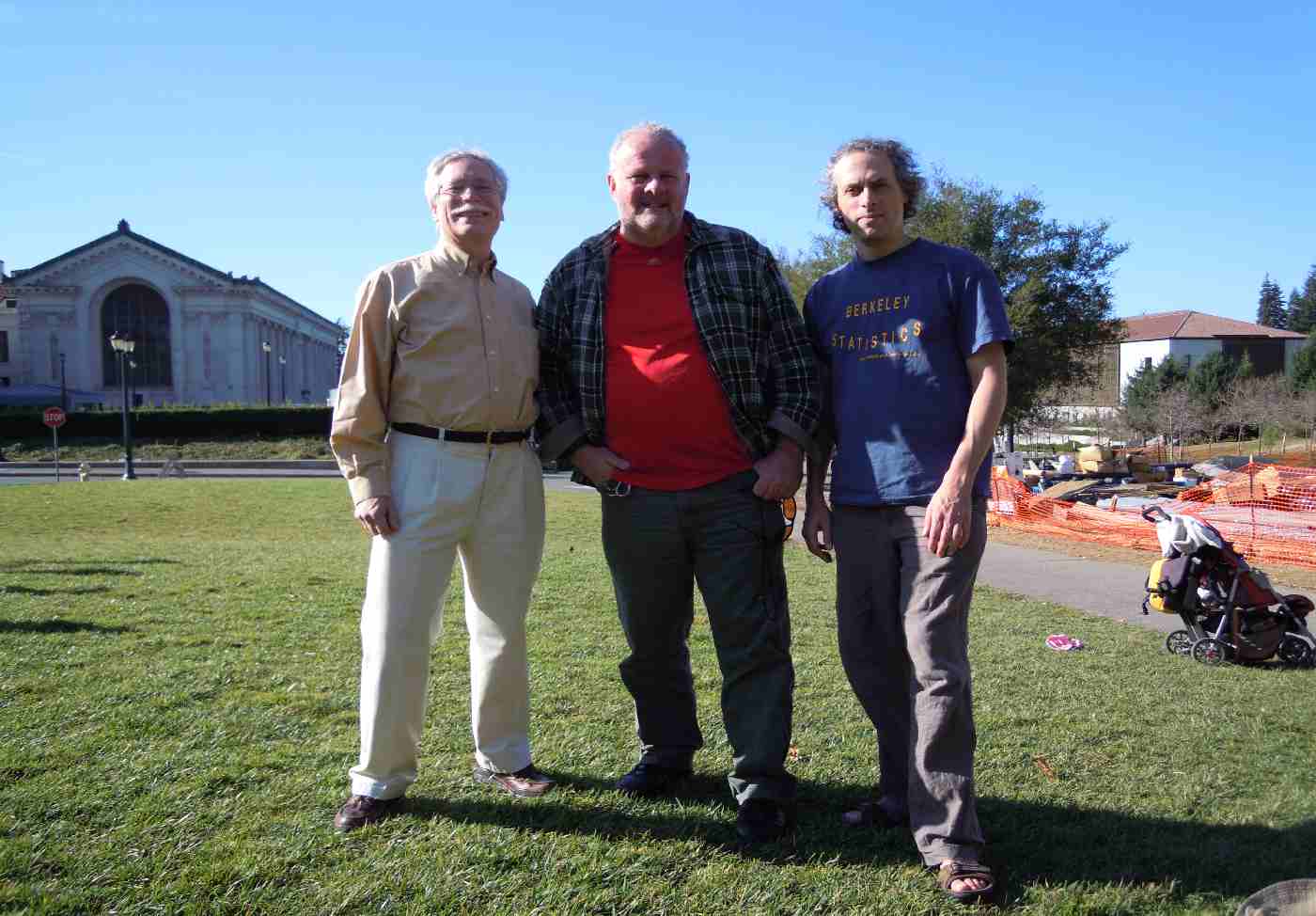 |
wachter home > research |
Ken WachterSteve Evans David Steinsaltz |
 |
wachter home > research |
Ken WachterSteve Evans David Steinsaltz |
In this monograph, we investigate a continuous time, probability measure-valued dynamical system that describes the process of mutation-selection balance in a context where the population is infinite, there may be infinitely many loci, and there are weak assumptions on selective costs. Our model arises when we incorporate very general recombination mechanisms into an earlier model of mutation and selection presented by Steinsaltz, Evans and Wachter in 2005 and take the relative strength of mutation and selection to be sufficiently small. The resulting dynamical system is a flow of measures on the space of loci. Each such measure is the intensity measure of a Poisson random measure on the space of loci: the points of a realization of the random measure record the set of loci at which the genotype of a uniformly chosen individual differs from a reference wild type due to an accumulation of ancestral mutations. Our motivation for working in such a general setting is to provide a basis for understanding mutation-driven changes in age-specific demographic schedules that arise from the complex interaction of many genes, and hence to develop a framework for understanding the evolution of aging.
We establish the existence and uniqueness of the dynamical system, provide conditions for the existence and stability of equilibrium states, and prove that our continuous-time dynamical system is the limit of a sequence of discrete-time infinite population mutation-selection-recombination models in the standard asymptotic regime where selection and mutation are weak relative to recombination and both scale at the same infinitesimal rate in the limit.
Published online on 5 September 2012 as a
Memoir of the American Mathematical Society at
http://www.ams.org/journals/memo/0000-000-00/S0065-9266-2012-00662-9
| return to: | Kenneth Wachter home page | Demography home page |